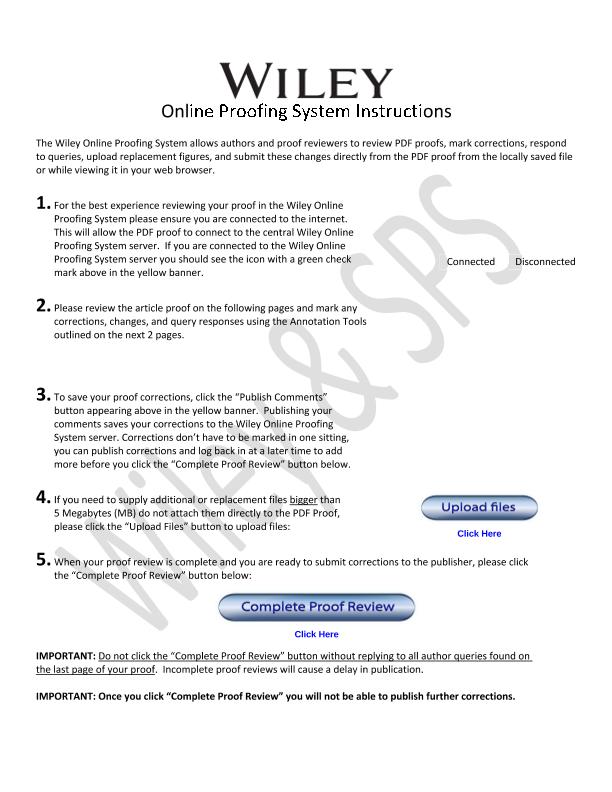Mostrar el registro sencillo del ítem
dc.contributor.author
Farji Brener, Alejandro Gustavo

dc.contributor.author
Werenkraut, Victoria

dc.date.available
2018-08-31T20:06:38Z
dc.date.issued
2017-07
dc.identifier.citation
Farji Brener, Alejandro Gustavo; Werenkraut, Victoria; The effects of ant nests on soil fertility and plant performance: a meta-analysis; Wiley Blackwell Publishing, Inc; Journal Of Animal Ecology; 86; 4; 7-2017; 866-877
dc.identifier.issn
0021-8790
dc.identifier.uri
http://hdl.handle.net/11336/57962
dc.description.abstract
Ants are recognized as one of the major sources of soil disturbance world-wide. However, this view is largely based on isolated studies and qualitative reviews. Here, for the first time, we quantitatively determined whether ant nests affect soil fertility and plant performance, and identified the possible sources of variation of these effects. Using Bayesian mixed-models meta-analysis, we tested the hypotheses that ant effects on soil fertility and plant performance depend on the substrate sampled, ant feeding type, latitude, habitat and the plant response variable measured. Ant nests showed higher nutrient and cation content than adjacent non-nest soil samples, but similar pH. Nutrient content was higher in ant refuse materials than in nest soils. The fertilizer effect of ant nests was also higher in dry habitats than in grasslands or savannas. Cation content was higher in nests of plant-feeding ants than in nests of omnivorous species, and lower in nests from agro-ecosystems than in nests from any other habitat. Plants showed higher green/root biomass and fitness on ant nests soils than in adjacent, non-nest sites; but plant density and diversity were unaffected by the presence of ant nests. Root growth was particularly higher in refuse materials than in ant nest soils, in leaf-cutting ant nests and in deserts habitats. Our results confirm the major role of ant nests in influencing soil fertility and vegetation patterns and provide information about the factors that mediate these effects. First, ant nests improve soil fertility mainly through the accumulation of refuse materials. Thus, different refuse dump locations (external or in underground nest chambers) could benefit different vegetation life-forms. Second, ant nests could increase plant diversity at larger spatial scales only if the identity of favoured plants changes along environmental gradients (i.e. enhancing β-diversity). Third, ant species that feed on plants play a relevant role fertilizing soils, which may balance their known influence as primary consumers. Fourth, the effects of ant nests as fertility islands are larger in arid lands, possibly because fertility is intrinsically lower in these habitats. Overall, this study provide novel and quantitative evidence confirming that ant nests are key soil modifiers, emphasizing their role as ecological engineers.
dc.format
application/pdf
dc.language.iso
eng
dc.publisher
Wiley Blackwell Publishing, Inc

dc.rights
info:eu-repo/semantics/openAccess
dc.rights.uri
https://creativecommons.org/licenses/by-nc-sa/2.5/ar/
dc.subject
Ants
dc.subject
Ecological Engineers
dc.subject
Soil Disturbance
dc.subject.classification
Otras Ciencias Biológicas

dc.subject.classification
Ciencias Biológicas

dc.subject.classification
CIENCIAS NATURALES Y EXACTAS

dc.title
The effects of ant nests on soil fertility and plant performance: a meta-analysis
dc.type
info:eu-repo/semantics/article
dc.type
info:ar-repo/semantics/artículo
dc.type
info:eu-repo/semantics/publishedVersion
dc.date.updated
2018-08-31T13:51:50Z
dc.journal.volume
86
dc.journal.number
4
dc.journal.pagination
866-877
dc.journal.pais
Reino Unido

dc.journal.ciudad
Londres
dc.description.fil
Fil: Farji Brener, Alejandro Gustavo. Consejo Nacional de Investigaciones Científicas y Técnicas. Centro Científico Tecnológico Conicet - Patagonia Norte. Instituto de Investigaciones en Biodiversidad y Medioambiente. Universidad Nacional del Comahue. Centro Regional Universidad Bariloche. Instituto de Investigaciones en Biodiversidad y Medioambiente; Argentina
dc.description.fil
Fil: Werenkraut, Victoria. Consejo Nacional de Investigaciones Científicas y Técnicas. Centro Científico Tecnológico Conicet - Patagonia Norte. Instituto de Investigaciones en Biodiversidad y Medioambiente. Universidad Nacional del Comahue. Centro Regional Universidad Bariloche. Instituto de Investigaciones en Biodiversidad y Medioambiente; Argentina
dc.journal.title
Journal Of Animal Ecology

dc.relation.alternativeid
info:eu-repo/semantics/altIdentifier/doi/https://dx.doi.org/10.1111/1365-2656.12672
dc.relation.alternativeid
info:eu-repo/semantics/altIdentifier/url/https://besjournals.onlinelibrary.wiley.com/doi/abs/10.1111/1365-2656.12672
Archivos asociados
